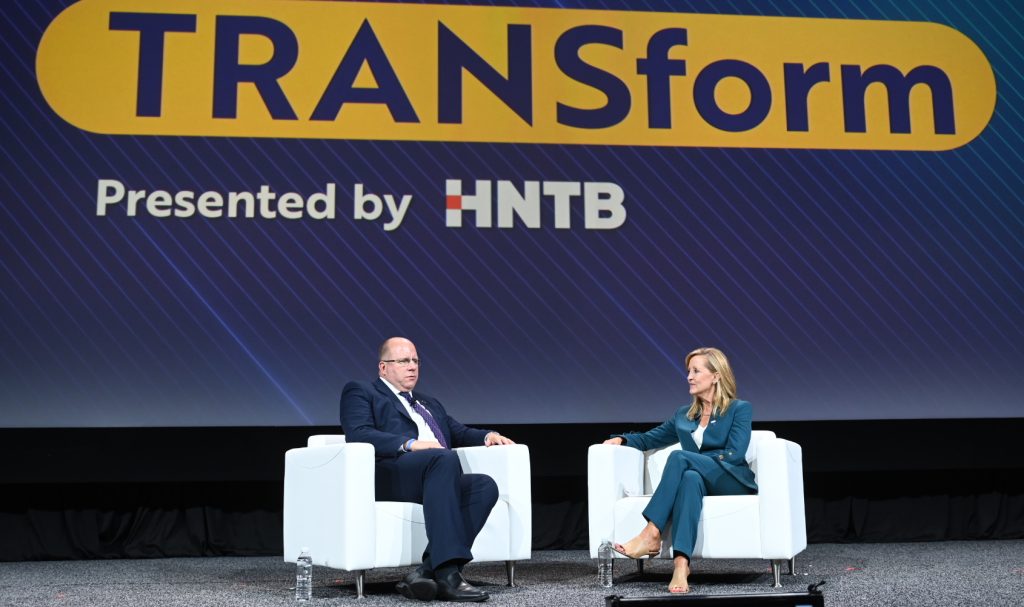The Many Facets of Transport for London
10/4/2024

How is Transport for London (TfL) achieving operational excellence and operating in the black? Commissioner Andy Lord sat down for a forum, sponsored by STV, at the 2024 APTA TRANSform in Anaheim, CA, to share the agency’s story.
TfL carries 11 million passengers daily between buses, rail, and the ‘Tube.’ “We carry more rail passengers than the whole of the UK national rail network put together,” Lord told the packed house. The agency’s goals are to increase ridership, commit to equity, be financially sustainable, and focus on the customer.
“How do we give them choice, and how do we make sure that we proactively deal with them when there is disruption? How do we make our network accessible, approachable, and affordable?” Lord asks his team each day. “We have to make sure that we look after and cater to everybody’s needs and that they all feel able to use the public transport system that we operate.”
But it is the finances that seem so remarkable for TfL. The agency operates in the black, according to Lord. “Technically, we’re not making money, but we’re covering our cost of operations.” And it is not just via riders. Sixty-five percent of the agency’s revenue comes from the fare box, but, to the surprise of moderator MJ Maynard, APTA chair and CEO of the Regional Transportation Commission of Southern Nevada, much of TfL’s funding now, and in the future, comes from its real estate holdings.
Since TfL is the 2nd largest landowner in London, behind the royal family, it is using the land to build housing, with 50 percent of the units being affordable. The agency is also using the Victorian arches from viaducts that pockmark the city to rent to retailers, further boosting revenue. Money the agency takes in is put back into the system for capital improvements. Advertising is another huge revenue boost for London’s transit system.
“Let me get this straight,” confirmed Maynard. “At TfL, you are mitigating congestion, improving air quality, providing transport for 11 million people every single day, and you’re solving housing issues?”
Next up for TfL is an effort to get to zero emissions by 2030. Lord says London’s congestion zone, where vehicles are charged for entering, has helped to make London the largest clean-air zone in the world. “That has a direct impact on air quality, has a direct benefit to our national health service,” he said. TfL, already the largest user of electricity in London, has plans to replace 7,500 buses to reach that goal.